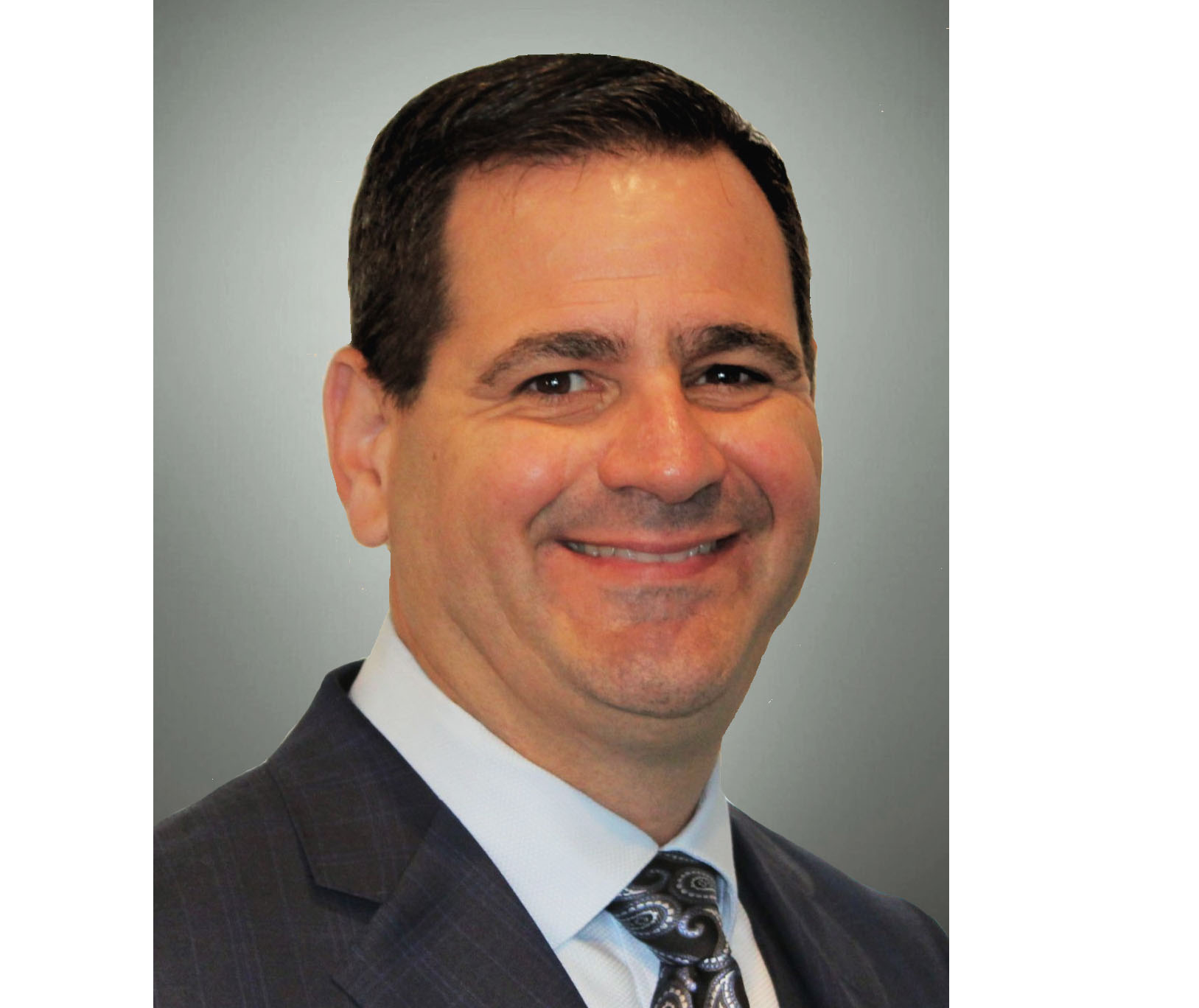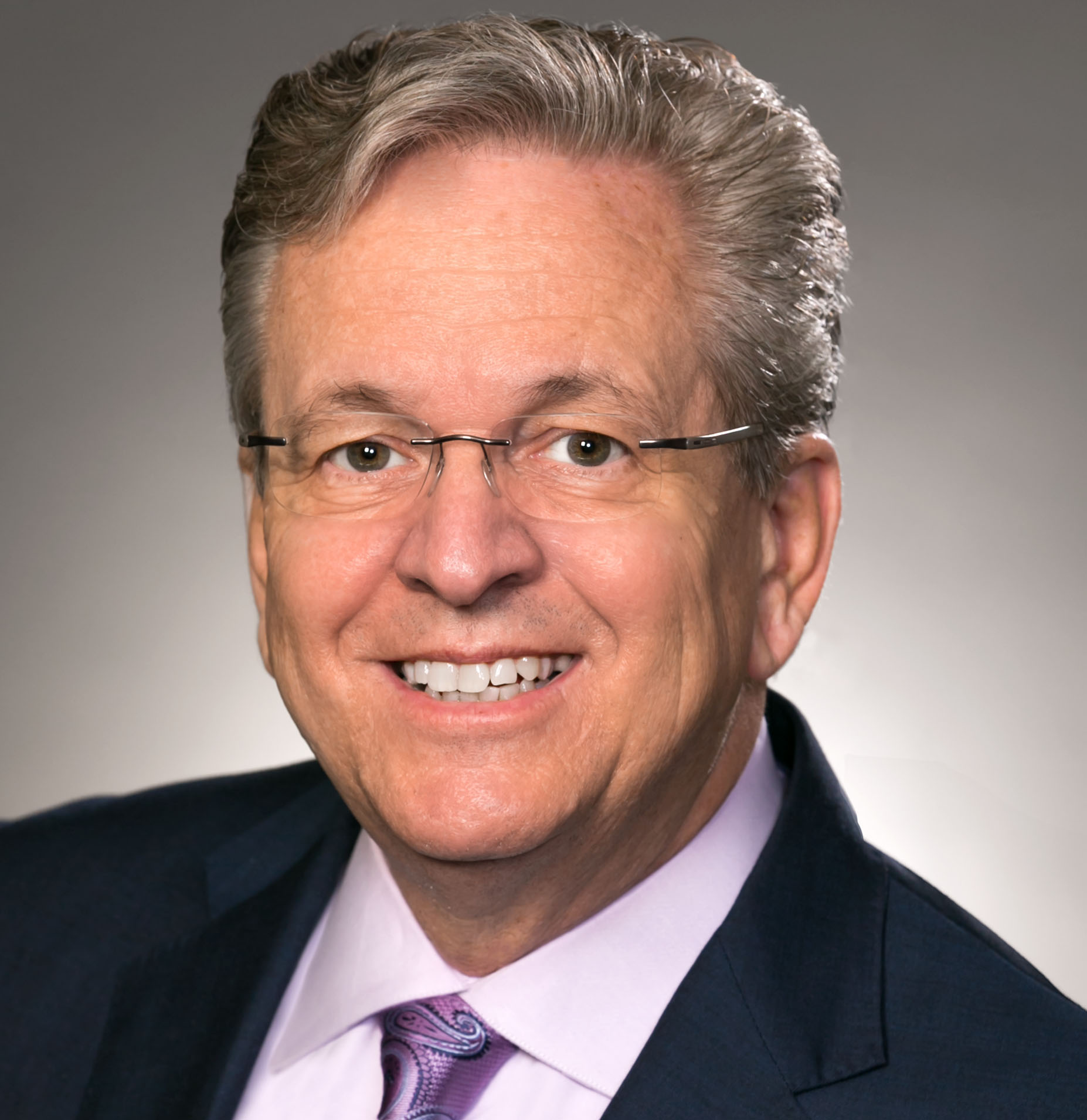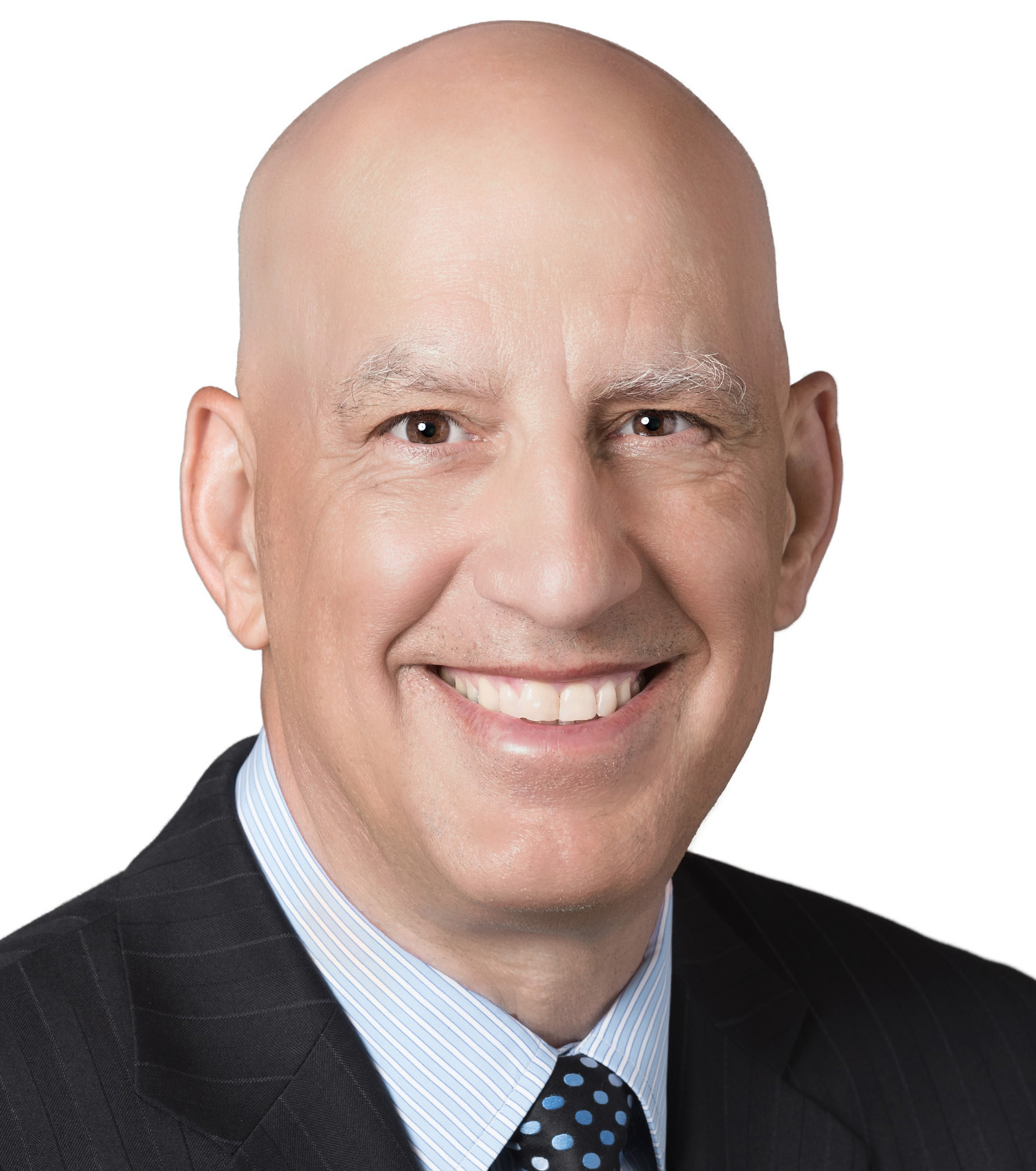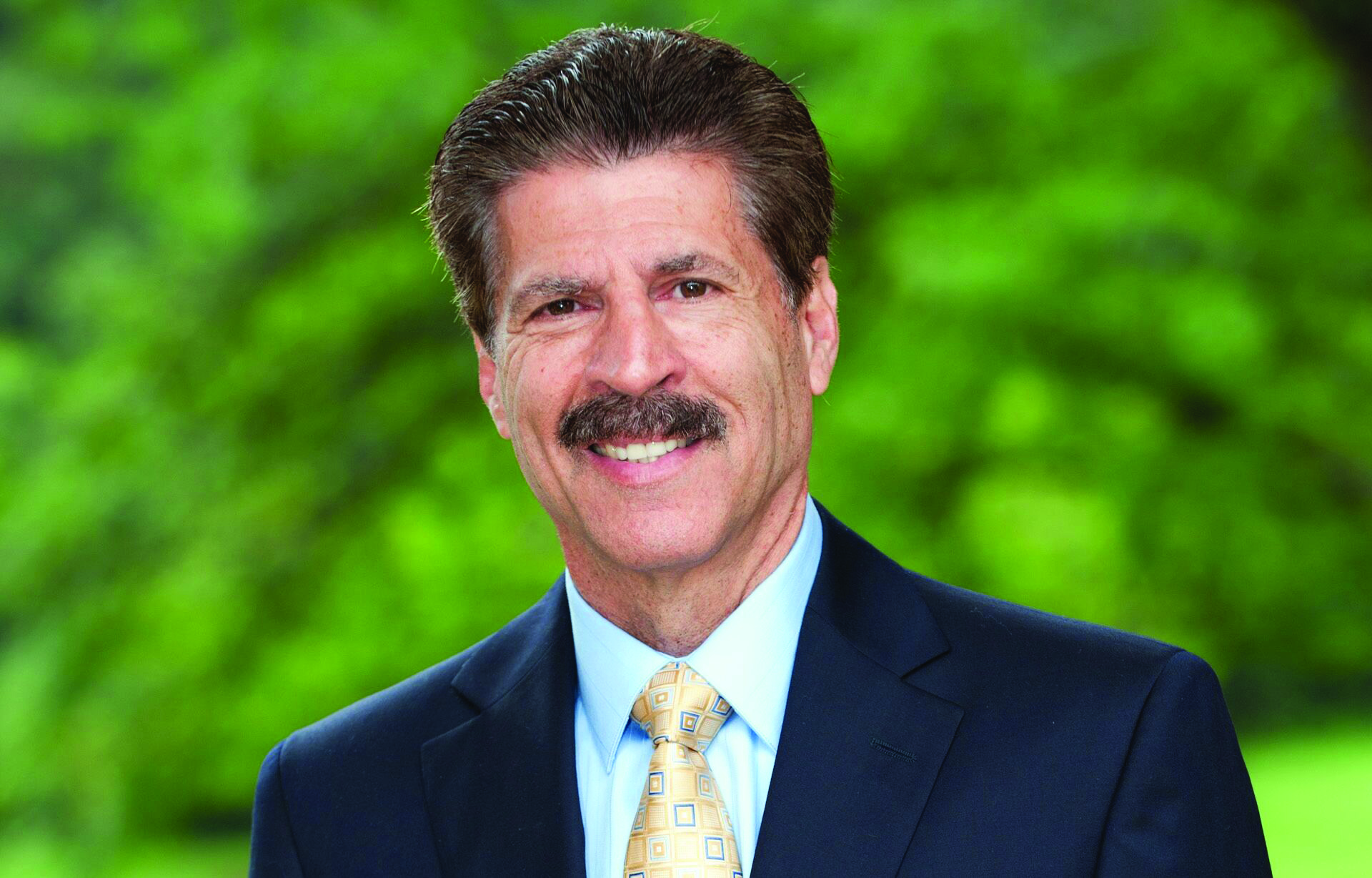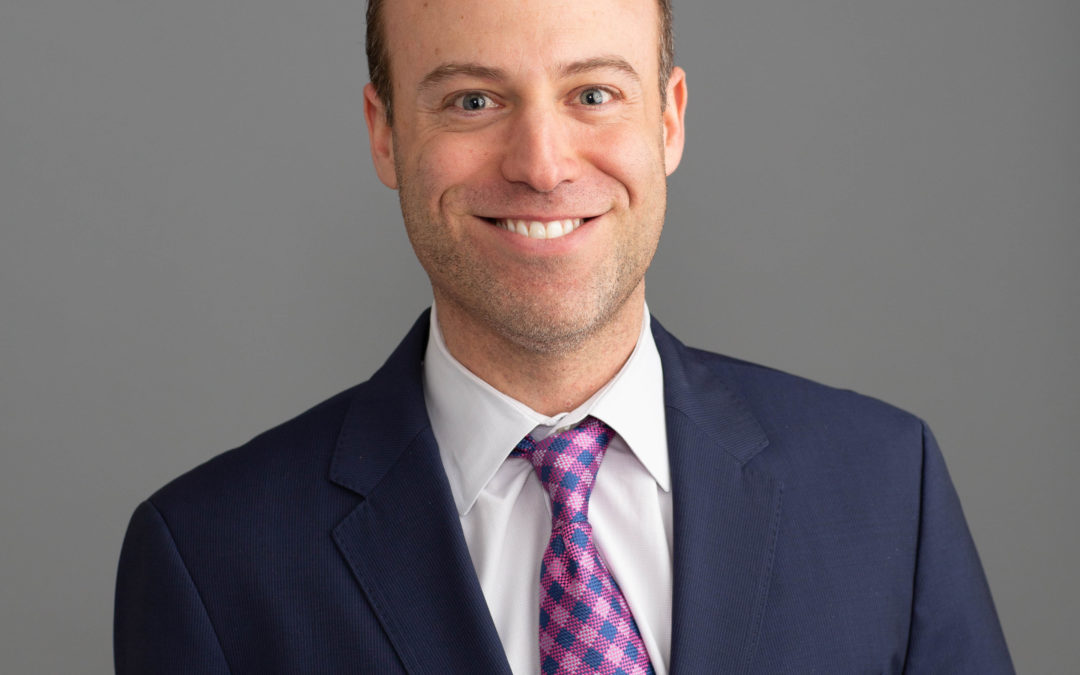
Spotlight On: Dixieanne James, President & COO, Einstein Medical Center Philadelphia
By: Felipe Rivas

2 min read April 2020 — Einstein Medical Center Philadelphia is part of the Albert Einstein Healthcare Network, a nonprofit organization operating in the state of Pennsylvania. President and COO Dixieanne James discussed Einstein’s actions during the COVID-19 pandemic, including the network’s effort to ensure a safe environment and what the community can do to help during this time of crisis.
What accommodations is Einstein making to handle the influx of patients due to the COVID-19 outbreak?
Einstein activated our Incident Command Center very early in this outbreak and worked quickly to develop protocols around patient care, procurement of personal protective equipment and employee health among many others. During our work related to COVID-19, we have designated COVID-19-specific care units; developed detailed surge plans that include identifying and converting procedural areas into inpatient acute capacity, including short procedure units (SPU), post-anesthesia recovery area (PACU, Cath lab, endoscopy), cross training and redeploying staffing, including nursing, physicians and clinical technicians, and emergency department rapid assessment plans with additional surge tent capacity; installation of several additional negative pressure rooms; advanced renting and purchasing of additional equipment, including beds, monitors and ventilators; expanding to the extent possible PPE inventory (gloves, gowns, masks); and investing in new equipment and infrastructure to perform in-hospital COVID-19 l testing capacities.
How is the network working to ensure that patients and healthcare professionals alike are maintaining a safe environment?
We have established several policies to help ensure the safest environment possible for our staff and patients. These include: no visitor policy; all employee facemask policy with continually evolving guidelines; daily temperature screening for all visitors and staff; employee and patient COVID-19 testing in our practices; ongoing and real-time adjustment to practice/care recommendations based on guidance and safety updates from CDC and DOH; and additional cleaning, disinfecting and wipe downs in high traffic areas.
How can the community best assist local healthcare providers in this time of need?
First, we ask that everyone stay home and stay healthy. Social distancing is critically important to help bend the curve. We also encourage everyone to donate PPE when possible and look for opportunities to give blood through the Red Cross.
What is your message to the local community that is sheltering in place and waiting for things to return to normalcy?
We all have a big part to play. The community’s part is to continue to stay home while our caregivers work each day to provide care to those in need. If we all do our part, we’ll get through this together and normalcy will return. We are incredibly resilient but it’s important that we wait until we can safely return things to normal.
To learn more about our interviewee, visit:





